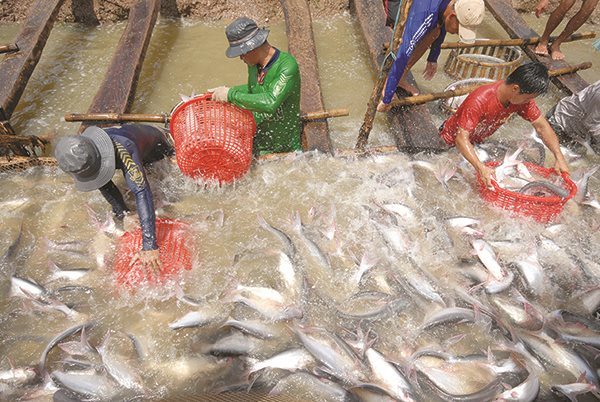New rules
The US on February 10, 2020 released an official announcement about the updating of the list of developing and least developed countries in the anti-subsidy law. The country will classify countries in accordance with its own criteria, not the criteria set by the WTO.

With the WTO’s criteria, the countries with GNI per capita of less than $12,375 will be considered developing countries.
Meanwhile, USTR decided that to be listed as developing countries, they not only have to have GNI per capita below $12,375, but also have to satisfy other requirements in terms of trade and membership status.
While the WTO classification method considers social development indicators, such as infant mortality, illiteracy rate and life expectancy, USTR does not.
| Because of the changes in the classification method, some countries, including Vietnam, are no longer listed as developing countries. |
Because of the changes in the classification method, some countries, including Vietnam, are no longer listed as developing countries.
One of the important criteria that USTR considers when classifying countries is the proportion of trade. The countries with trade accounting for more than 0.5 percent of global trade will be considered developed countries. Meanwhile, the figure is 2 percent under WTO rules.
Meanwhile, Vietnam’s trade proportion was 2.5 percent in 2018.
According to Bao Viet Securities (BVSC), the most noteworthy point of the USTR’s updating is that the classification method will be valid in the anti-subsidy duty law, but it won’t affect the classification in other laws.
In other words, the impact of the USTR’s decision will be only seen in the imposition of anti-subsidy duties, and there won’t be influences to the other preferences that Vietnam and other developing countries now enjoy.
Effects
Seafood and textile and garment are believed to be the two industries to suffer direct impactfrom anti-subsidy and anti-dumping laws.
The US is currently the largest market for Vietnam’s seafood exports. It consumes more than 17 percent of total seafood exports.
Even without the USTR’s new classification rules, shrimp and catfish, the two major export items, have been facing anti-subsidy lawsuits over many years.
The seafood sector has been warned that it will meet difficulties this year because of the Covid-19 epidemic, which has led to a sharp fall in demand.
As for the textile and garment sector, the downward trend in fiber prices in the world market may stop because of the strengthening of legal basis to conduct anti-dumping and anti-subsidy investigations.
The recovery of the fiber prices, if any, will support business results of yarn producers such as Soi The Ky JSC.
Kim Chi

What if the US no longer considers Vietnam a ‘developing country’?
The US on February 10 announced the decision to remove Vietnam from the list of developing countries.
 The US Trade Representative (USTR) has decided that it will classify developed and developing countries in accordance with its own criteria and consider the trade ratio of the countries when classifying.
The US Trade Representative (USTR) has decided that it will classify developed and developing countries in accordance with its own criteria and consider the trade ratio of the countries when classifying.